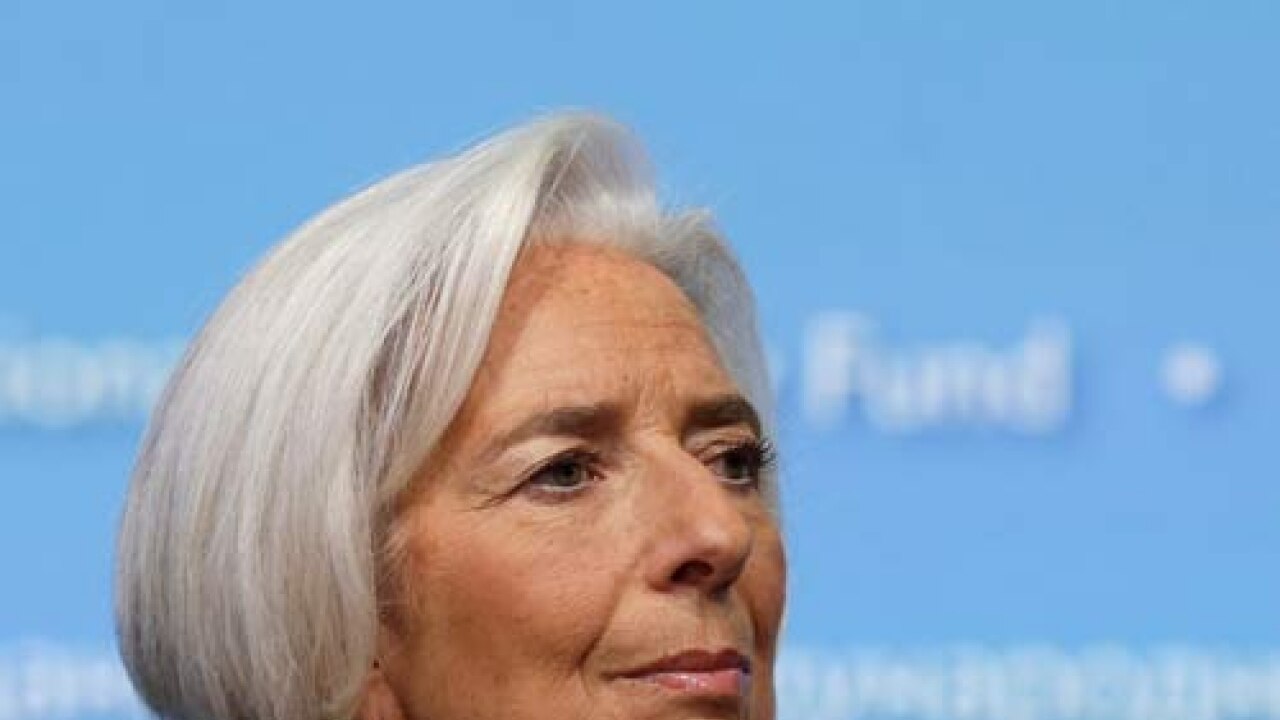
International Monetary Fund (IMF) Managing Director Christine Lagarde is more than right. It is indeed an “economic no-brainer” that if women participate in the same numbers as men in the workforce, it would have dramatic growth outcomes in national economies. For example, the 50:50 men-women participation would boost the growth of India’s economy by 27 per cent, of Turkey’s by 22 per cent, of the United States’ by 5 per cent and of Japan’s by 9 per cent.
It should have been apparent from a theoretical perspective that this would be the case. Making allowances for exaggeration, it can be seen from the Indian numbers the impact it would have. According to the 2011 Census figures, only 33 per cent of the women in the working age group are part of the work force. That is, 125 million out of the total female workforce of 388 million are working. The global average for women’s participation in the advanced economies is 50 per cent. It is 63 per cent in East Asian economies.
The situation, of course, is more complicated than it would appear. The Indian situation reflects the issue in all its complexity. An IMF working paper shows that there is a greater participation of women in the rural workforce because of low incomes and higher poverty levels. When incomes rise in rural and urban households, women’s participation in the workforce goes down. That is, women work in poorer households to supplement and boost earnings.
Higher incomes earned by male workers of the family leads to women dropping out of the workforce. It is a sociological phenomenon based on traditional biases as well as work choices. That is, women are willing to work and men willing to consent to it if the economic situation is bad. Once economic conditions improve, old biases about gender roles reassert themselves. There is also the fact that women who are not part of the formal and informal sectors of the economy are still engaged in household work and bringing up children. Many women withdraw from the workforce in order to bring up children. Lack of education is another key factor that inhibits greater participation of women in the workforce.
There has been much debate about women and economic development. There is a consensus that economic development would be incomplete if half the population is left out or left behind. Now comes the argument that gender equality, which includes participation of women in economic activities, is an imperative for economic growth.
The old arguments that pitted development against growth may not be relevant any more. Developmental goals and growth targets are not mutually exclusive. The developmental goal of empowering women would lead to a higher growth rate, and this should make the developmental agenda much more urgent and important. At a time when global economic growth rates are in the doldrums for various reasons, the gender question takes a new turn when it is linked directly to growth.
It does not mean that the development vs growth debate will end abruptly. There are conspicuous examples of high economic growth with social backwardness as in the case of many oil-rich Arab countries, and the persistence of entrenched gender biases in advanced economies, including the United States and Japan.
But the linkage of women’s education and women’s participation in the workforce to economic growth is going to significantly alter the terms of the debate.